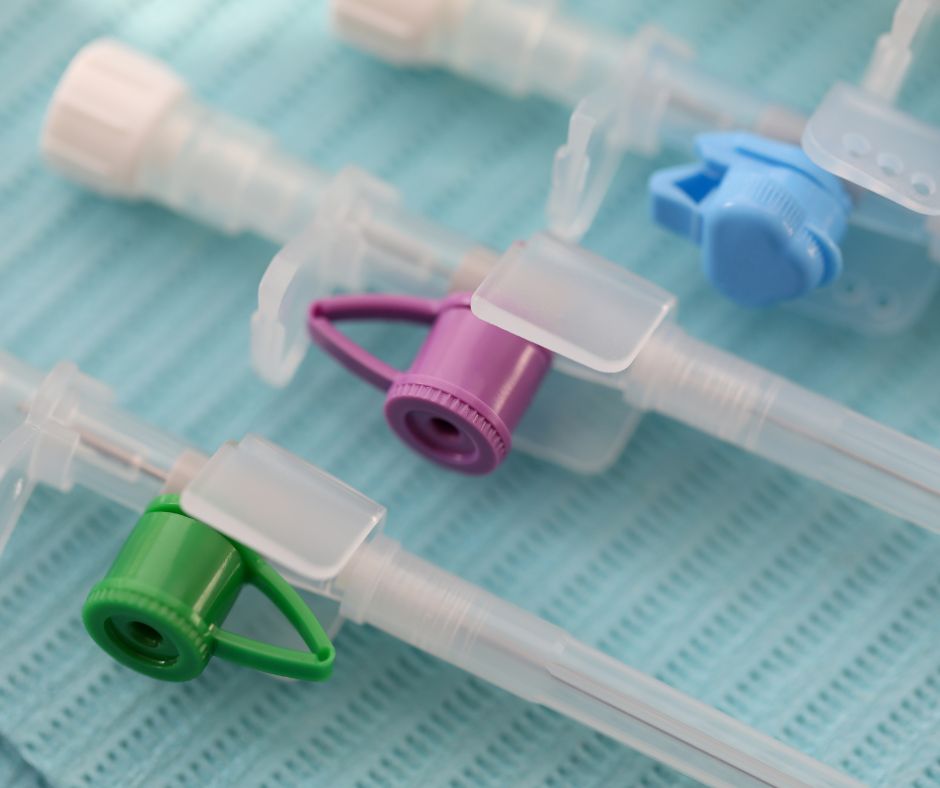Bathroom habits can be a sticky subject to broach, especially if you’re one of the millions of Americans that use an intermittent catheter to help drain your bladder. But choosing – and using – the right product should be a smooth and stress-free journey. It’s not just about picking a medical device; it’s about choosing a companion for a crucial aspect of daily life. A misstep here can lead to discomfort, complications, or simply a device that just doesn’t jive with your lifestyle.
If that hits close to home, America’s Best Care Plus is here to help you find the perfect fit. Read on to learn about the various types and features you can choose from, and learn some helpful tips to answer that burning question: which type of intermittent catheter is right for me?
Choosing the Right Intermittent Catheter
Intermittent catheters are soft, flexible tubes that are used to drain urine from the bladder. They are inserted into the bladder through the urethra, allowing urine to drain through the tube directly into a toilet or disposable collection bag. Unlike indwelling (or foley) catheters, intermittent catheters are intended to be used once and discarded. The simple design and ease of use provide greater flexibility and lifestyle control for patients with urological conditions like urinary retention, overactive bladder, spinal cord injuries, or prostate enlargement.
Intermittent catheters come in various types, materials, styles, and sizes. This allows for more custom comfort, but it can make choosing between them a challenge. Factors to consider include the type of catheter tip, product materials, lubrication options and special features that can increase your comfort level.
Catheter Product Types
1. Straight Catheters
The most common type of intermittent catheter product, straight catheters have a simple design that consists of a straight, flexible tube with an eyelet on one end and a colored funnel on the other. They are made from silicone, latex, PVC, or rubber. Ideal for most users, straight catheters are designed to drain urine directly into a urinal or toilet for easy on-the-go use.
Pros: Easy to use for many; generally less expensive than other product types.
Cons: May not be ideal for people with obstructions or enlarged prostates.
2. Coudé Catheters
Coudé catheters have a unique tip that’s slightly rounded at the top, making it easier to navigate around tricky areas like blockages or enlarged prostates. They are more commonly used by males, though some females need a coudé tip to bypass urethra obstructions. Like straight catheters, coudé products drain urine directly into a toilet and are usually made from silicone, latex, or PVC.
Pros: Ideal for those with enlarged prostates, blockages or strictures.
Cons: Require a bit more finesse during insertion; may be more expensive
3. Closed System Catheters
Imagine the Swiss Army knife of catheters, and you have the closed system. The self-contained design includes a pre-lubricated tube inside of an attached collection bag, providing a touchless process that keeps things sterile and reduces the risk of urinary tract infections. When purchased as a full kit, closed system catheters include administration supplies like gloves and disinfectant wipes.
Pros: Reduces the risk of infection; great for people in wheelchairs or with limited mobility.
Cons: Might be a bit more expensive; bulkier than other options.
4. Compact Catheters
As petite as they sound, compact catheters are portable, discreet, and easy to use. They’re smaller than standard catheters, have specific designs for men and women, and use a hydrophilic coating that reacts with water to make insertion a breeze. Perfect for a purse or pants pocket, compact catheters make it easier to go when you’re on-the-go.
Pros: Super portable and discreet.
Cons: Can be a tad more pricey; smaller collection capacity.
Lubrication Options
For those who experience pain or discomfort upon insertion, lubrication can make self-catheterizing smoother and more comfortable. Various options offer as much – or as little – lubrication as desired, in a few different forms:
- Uncoated catheters require manual lubrication before use. This provides more control over the lubrication type and amount, but needs a tad more prep time to use comfortably.
- Catheters are pre-lubricated with water-based gel for smoother insertion or include an extra gel packet for user application.
- Hydrophilic catheters have a special polymer coating that becomes slippery when exposed to sterile water or saline. The specialized formula stays slick during insertion and removal, making additional lubrication unnecessary. Studies have shown that using hydrophilic catheters reduces the risk of trauma, scarring, and infections.
When it comes to intermittent catheters, one size does not fit all. Finding your perfect fit may require some trial and error – something our sample catheter program is happy to provide. From the straightforward comfort of the straight-tip catheter to the clean appeal of closed system kits, you’re sure to find your perfect match among our selection of quality brands and styles. Contact our team today to learn more and get started in our urology supply program.

